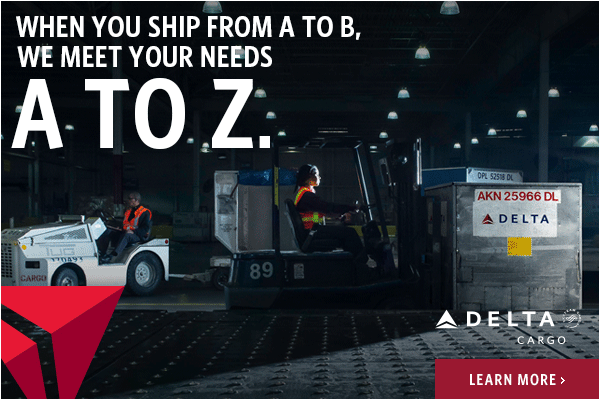 |
 |
 #INTHEAIREVERYWHERE |
| Vol. 15 No. 54 | Tuesday
July 19, 2016 |
 |
Here
is Part Two of our year-long series focusing on airports.
The following are some suggestions about what airports
can do to better serve the industry, specifically directed
to airport operators worldwide. If Unique Is What You Seek An airport’s
never-ending quest to remain a self-sustaining enterprise
has driven their owners and operators to seek unique
ways to enhance both aviation and non-aviation revenues. No Two Airports Are Alike Airport
business models can vary, given available resources,
political climate, and the need for diversified revenue
streams, but one constant for airports of all sizes
is to provide the infrastructure for air transport to
connect people and goods to the world’s resources
and markets. Definitions Matter Logistics
is defined as the planning, implementation, and coordination
of the details of a business or other operation. Major To Minor Note Cargo So your
airport isn’t a major or even a moderate air cargo
center… now what? Start by thinking about what
your airport provides for your community and where it
is located in relation to other modes of transportation,
infrastructure, population centers, or even other countries
and continents. Build-To-Suit Airports
with substantial non-aviation lands can offer space
for build-to-suit warehousing and sort facilities, often
with room to grow such operations as the business matures.
Southwest Florida Success For
example, Southwest Florida International Airport successfully
partners with an air cargo operator by allowing pre-service
aircraft staging of their wide-body freighters on a
former terminal apron, which offers ease of access at
pre-negotiated rates. Recognizing Opportunities Air
cargo companies also need headquarters and regional
support space to conduct their “behind-the- scenes”
administrative work. Adaptive Reuse Accompanies Change At Southwest
Florida International Airport, a 2005 move to a new
terminal complex opened up more than 1,200 acres of
aviation and non-aviation land for development. The Imaginative Way Ahead
As you can see, there are numerous ways to support air
cargo at your airport.
|
Japanese
carrier All Nippon Airways (ANA) is bullish on freight
out of Asia this year, despite reporting declining revenues
on international services last month in its annual report,
and admitting that a subdued Japanese economy was dampening
the domestic outlook.
“While
maintaining profitability in its core full-service domestic
passenger business, ANA will actively expand its full-service
international passenger business, LCC business, and
cargo business. In addition, ANA will continue to improve
the profitability of its non-airline businesses, working
to build an optimum portfolio for the maximization of
overall profitability.” |
 |
In
an air freight industry characterized by overcapacity
and struggles to cope with macro headwinds and technological
trends such as miniaturization, 3D printing, and the
commoditization of technologies, which has reduced surges
in demand for ‘must-have’ products, finding
verticals that offer stable and profitable sources of
cargo has become increasingly difficult. But,
according to Panalpina, one such source of succor is
the perishables business, defined as products that are
time and temperature sensitive.
Explaining
the rationale behind Panalpina’s decision to focus
more closely on the perishables trade, Kuehner said
fresh products were in demand around the globe all year
long, and successfully forwarding them required a logistics
provider to ensure products such as flowers, fruits,
and fish were safely and efficiently steered through
the cool chain to their final destination. |
 |
|
If
You Missed Any Of The Previous 3 Issues Of FlyingTypers
Access complete issue by clicking on issue icon or Access specific articles by clicking on article title |
||
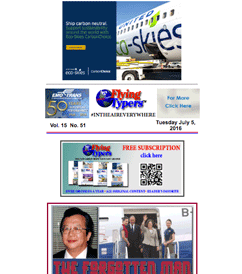 Vol 15. No. 51 The Forgotten Man SmartKargo South Of The Border Down Mexico Way Chuckles For July 5, 2016 Who Is In The Picture Does New Panama Canal Work? Family Time |
 Vol 15. No. 52 Tough Numbers; Long, Hot Summer Ullrich Met The Challenge Chuckles For July 11, 2016 A Little Morning Music In Milano Oshkosh By Gosh Helluva Air Show |
|
Publisher-Geoffrey
Arend • Managing Editor-Flossie Arend • Film Editor-Ralph Arend • Special Assignments-Sabiha Arend, Emily Arend • Advertising Sales-Judy Miller |
|

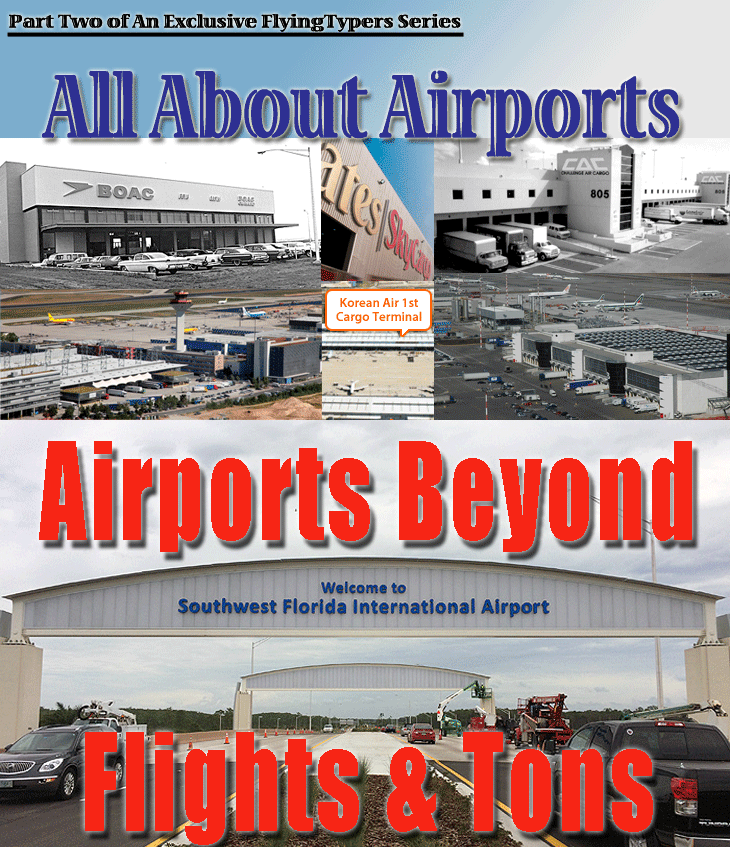

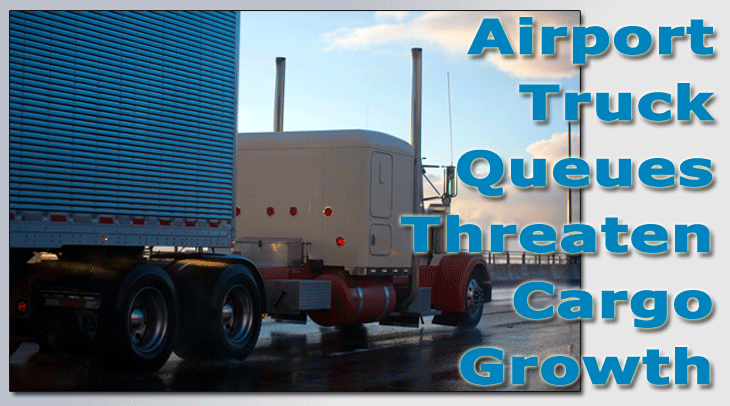


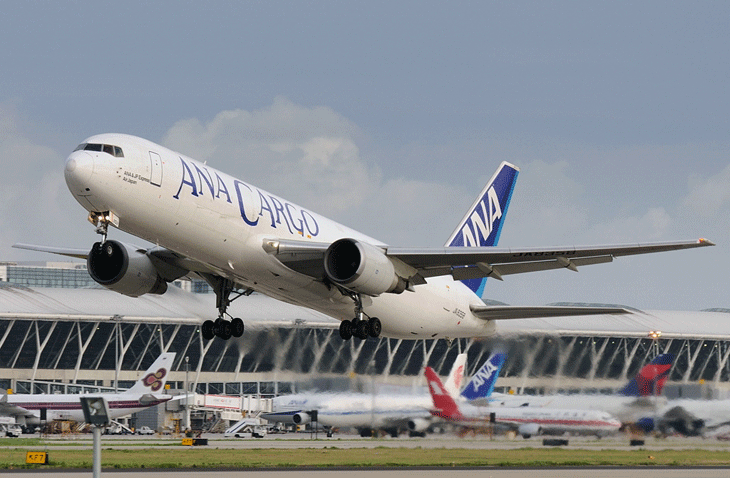



 nce
upon a time, long before FlyingTypers, I worked
at KXEO Radio in Mexico, Missouri, running specialized
programming at KWWR- FM.
nce
upon a time, long before FlyingTypers, I worked
at KXEO Radio in Mexico, Missouri, running specialized
programming at KWWR- FM. Our
“Summer Sun & Moon Playlist” is taken
from YouTube so we can be assured it will play for everyone,
all around the world.
Our
“Summer Sun & Moon Playlist” is taken
from YouTube so we can be assured it will play for everyone,
all around the world.